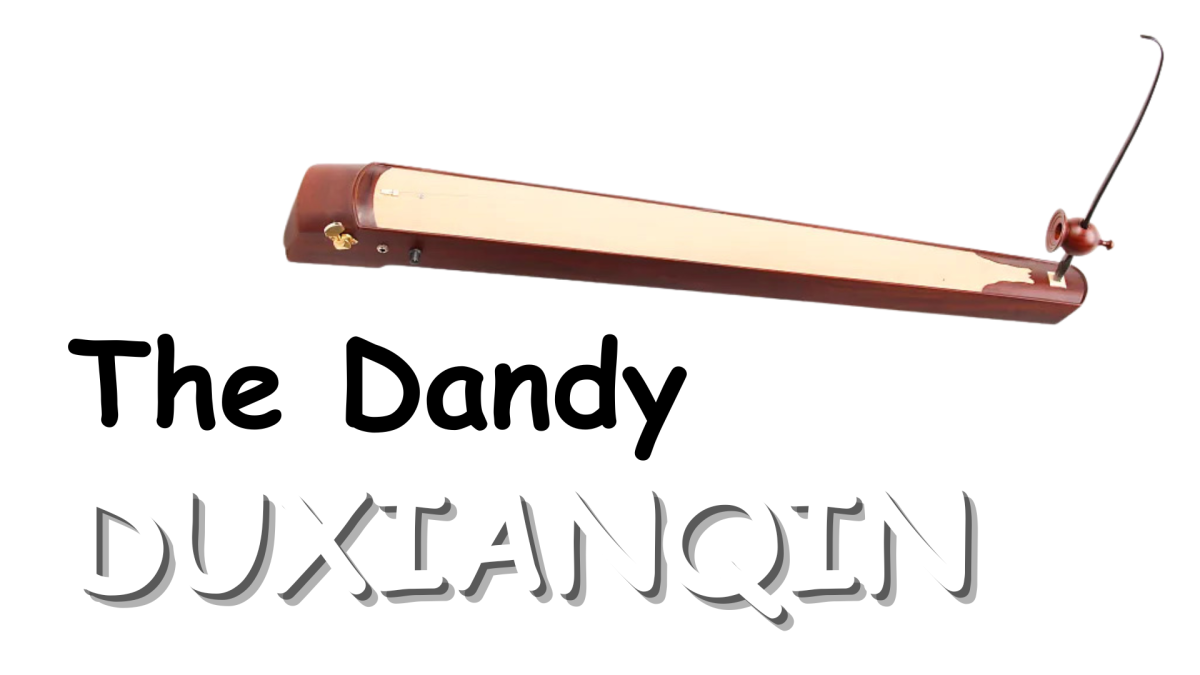It’s no secret that immigration can have many influences on an area’s culture, and one part of that is in instruments. In Southern China, there is a group of Vietnamese immigrants who live in the Jing Islands that are named the Gin people. The Gin people took an instrument from their home country of Vietnam, the đàn bầu, and turned it into what is now known as the duxianqin. Today I’ll talk all about the duxianqin, what it is, how to play it, etc. Anyways, let’s talk about what the duxianqin even is.
The duxianqin is a plucked string instrument from South-East China. The duxianqin only has one string that is tied to a rod on the side. One difference between the đàn bầu and the duxianqin is that the duxianqin is made of a really big bamboo tube, while the đàn bầu is made of wood. The duxianqin and đàn bầu are both in the zither family, a family composed of instruments in which the strings, or in this case, string, are across the instrument’s entire soundboard.
So how do you play this thing? Well, as I mentioned before, the string is tied to a rod. This rod is bendable, and it controls the tension on the string, similar to a guitar. The farther out you pull the rod, the higher the sound will be. If you pull the rod inward, it will increasingly get lower-pitched. When playing the duxianqin, the person playing always will bend the rod with their left hand, and pluck the string with their right hand. This is because if your duxianqin is facing the correct direction, the rod will always be far off to the left.
Despite not being a 100% Chinese instrument, the duxianqin is still considered by the Chinese government to be a part of Chinese culture and entertainment. The duxianqin is used in many festivals in China, and so is the đàn bầu in Vietnam. 12 Girls Band, a girl band in China known for playing traditional Chinese music, has used the duxianqin in some songs. Other than that, the duxianqin isn’t used much in modern music, and it’s more used in traditional festivals.
I think the duxianqin is a great instrument. The duxianqin has been the most unique instrument I’ve featured so far. Unlike my last 3 instruments, there’s really no other instrument to closely compare the duxianqin and the đàn bầu to. You can watch a video of somebody playing the duxianqin here. I think the way the rod changes the tension on the string is a very creative way of making an instrument. I also think that the duxianqin sounds the best of the four instruments I’ve done so far. Each of the instruments had something that sounded a little off about them, but the duxianqin didn’t. That was the story of the duxianqin. Toodles.








